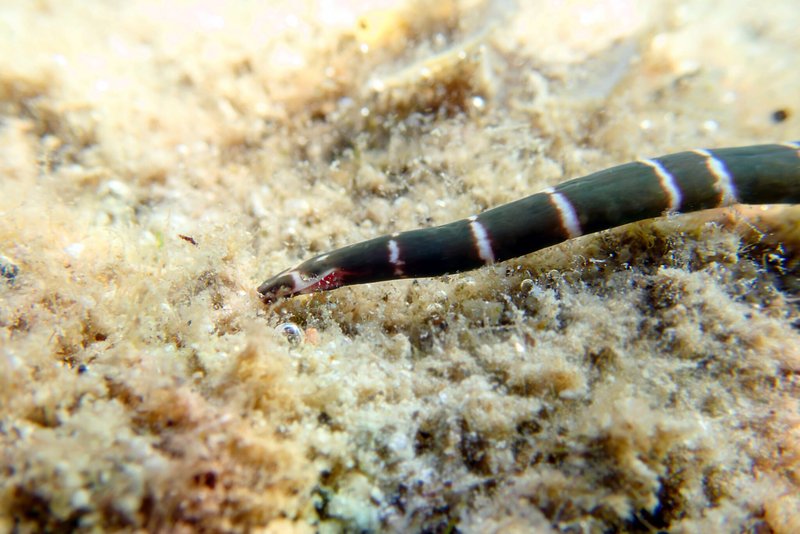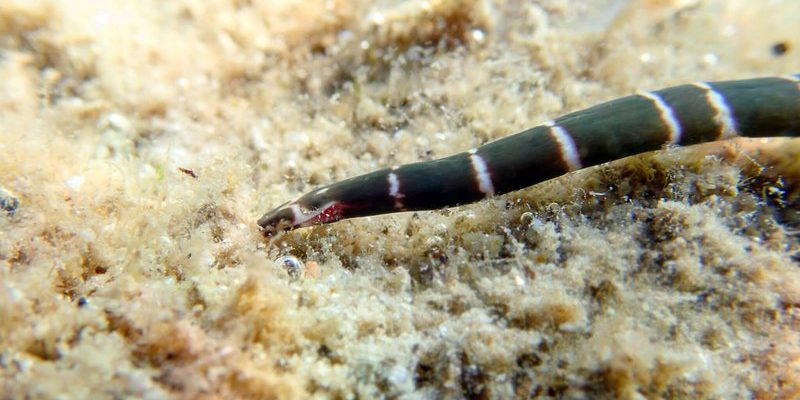
Imagine sitting down with your favorite cup of coffee, contemplating the intricate beauty of marine life. You might be surprised to learn that with the right tools—like a good quality camera and a remote from a brand like Canon—you can capture the almost mesmerizing dance of ribbon worms without the need for diving into the ocean. What’s the secret to capturing this underwater ballet? Let’s dive deeper!
What Are Ribbon Worms and Why Record Their Movement?
Ribbon worms, also known as nemerteans, are long, soft-bodied creatures that can stretch to impressive lengths. Many are marine inhabitants found in the dunes and mudflats, while others prefer freshwater environments. With their vibrant colors and intriguing body mechanics, they’re not just fascinating to study; they also play vital roles in their ecosystems as predators and prey.
Recording their movements can provide insights into their behavior, feeding patterns, and interactions with their environment. By using time-lapse, you can condense hours of observation into a few captivating minutes. It’s like watching a movie of their life, capturing details that the naked eye might miss. Plus, it can be a great project for budding scientists or anyone interested in the natural world.
Setting Up for Time-Lapse Photography
Before you capture the ribbon worms in action, you’ll need to set up your time-lapse photography equipment. This isn’t as daunting as it sounds! Here are some steps to guide you:
- Choose Your Camera: A DSLR or mirrorless camera with a time-lapse function is ideal. Brands like Nikon and Canon often have built-in settings to make this easier.
- Select a Tripod: Stability is key! Use a sturdy tripod to prevent any shakes or movement during recording.
- Lighting: Natural light works best, but if you’re indoors, consider softbox lights to avoid harsh shadows.
Once you have your gear ready, you can start planning your shot. Think about the environment you want to capture and the duration of your recording. It’s essential to pick a spot where the ribbon worms are active, as they can be quite shy.
Using a Remote for Time-Lapse Photography
Here’s the thing: using a remote can make your time-lapse experience much smoother. It allows you to take photos without physically touching the camera, which can help reduce vibrations and keep the frame stable.
To get started:
1. **Pair Your Remote:** Make sure your remote is synced to your camera. This often involves a simple setup process, ensuring they’re on the same frequency.
2. **Set Your Time-Lapse Intervals:** You can usually set intervals for the shots you want to take. A common interval is every few seconds, depending on how fast you expect the ribbon worms to move and how long you wish to record.
3. **Check Your Settings:** Before hitting record, double-check your camera settings. Ensure that your exposure, focus, and aperture are correctly set to capture the ribbon worms clearly.
Using a remote may feel a bit technical, but it’s worth it for the quality of your final video! Plus, many cameras come with user-friendly guides.
Capturing the Perfect Time-Lapse
When it comes to actually capturing the time-lapse, patience is key. Ribbon worms may not rush around like other creatures, and sometimes they can take their sweet time moving from one spot to another. Here’s a quick rundown of what to keep in mind:
1. **Start Early:** Set up your camera when the ribbon worms are likely to be most active—often during the early morning or late afternoon.
2. **Maintain a Steady Environment:** Try not to disturb the area while recording. Movement or noise can scare the worms away, ruining your recording.
3. **Monitor Your Battery Life:** Time-lapse recordings can be lengthy, so ensure your camera has enough battery. Consider using a power bank if you’re outdoors.
Remember, the goal is to record as much as you can, so the longer you can keep the camera rolling, the better!
Editing Your Time-Lapse Footage
Once you’ve gathered hours of footage, editing is where the magic happens. You’ll likely need to shorten your recording to highlight the most interesting movements. Here’s how to make the most of your edits:
– **Choose the Right Software**: Programs like Adobe Premiere Pro or even free options like DaVinci Resolve work well for editing time-lapse footage.
– **Speed it Up**: Adjust the playback speed to create that fast-forward effect. You might start with a 2-4x speed but feel free to experiment.
– **Add Music or Sound Effects**: Light background music or nature sounds can enhance your video and make it more engaging.
Editing may take some time, but it’s rewarding to see your final project come to life. You’ll end up with a captivating piece that showcases the fascinating movements of ribbon worms.
Common Challenges and Troubleshooting
Even with the best equipment, you might encounter a few bumps along the way. Here are some common challenges and tips for troubleshooting:
– **Camera Not Responding to Remote**: Make sure the remote is paired correctly and that the camera’s settings allow for remote shooting.
– **Poor Lighting**: If the footage seems too dark or washed out, consider adjusting your ISO settings or adding extra lighting for clarity.
– **Worms Not Moving**: If you find that the ribbon worms aren’t moving much during your recording, it might help to create a more inviting environment by adding their favorite food or changing their habitat slightly.
Remember, patience is critical! Sometimes, it takes a few tries to get everything just right.
Why Time-Lapse Matters for Marine Biology
Capturing ribbon worms via time-lapse isn’t just a cool project; it also plays a significant role in our understanding of marine biology. By observing their movement patterns, researchers can learn more about their behaviors, which can contribute to ecosystem health and conservation efforts.
Besides scientific applications, this technique can spark curiosity in amateur enthusiasts and educators, making it a fascinating way to showcase the hidden life of our oceans. You might be wondering how such a simple method can hold such importance—it’s all about revealing the behavior and interactions within the ecosystem we often overlook.
Final Thoughts on Time-Lapse Recording of Ribbon Worms
Embarking on the journey of **using time-lapse to record ribbon worm movement** not only enhances our appreciation for these unique creatures but also opens the door to new learning experiences. Whether you’re a student, a hobbyist, or just curious about the underwater world, this technique can offer a fresh perspective on nature’s mysteries.
So, grab your camera, get that remote ready, and prepare for some fascinating footage! With a little patience and preparation, you’ll be amazed at what you can discover. Who knows? Your time-lapse video might just inspire someone else to explore the wonders of ribbon worms and marine life, too!

